The new 2023 Hyundai Kona Electric will be priced from £34,995 when it arrives in the UK later this year.
The new second-generation crossover EV has been “taken to the next level” through a focus on the electric version and learnings from the Hyundai Ioniq 5 and Hyundai Ioniq 6.
The new Kona will continue to be offered with petrol, hybrid and electric versions, but while the original was developed originally as an ICE car, electric power was the priority this time.
The EV accounted for around 40% of Kona sales in Europe, and with the continent fast moving to EVs, that ratio will increase sharply in future.
Hyundai design chief SangYup Lee said the focus was on "upscaling" the car in both size and quality.
The Peugeot 2008 rival has switched to a new multi-powertrain platform and grown substantially. At 4355mm long, the new Kona is 175m longer than its predecessor. It's also 25mm wider and 20mm higher, while the wheelbase has been stretched by 60mm.
That makes it slightly smaller than the closely related Kia Niro EV, leaving the Bayon as the smallest crossover in the Hyundai line-up.
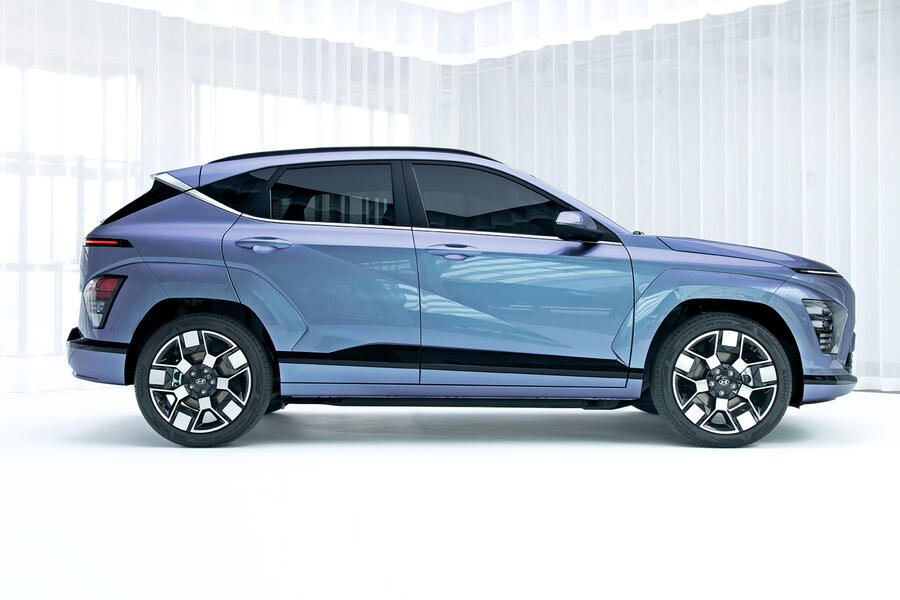
The new Kona's bodywork has been honed for aerodynamic efficiency using lessons learned from the development of the Ioniq 6, while on the EV the light bar that runs across the front features the pixel design elements that are a signature of Hyundai’s EVs, having first appeared on the Ioniq 5.
Wheels will range in size from 18in to 19in.
The larger platform also means there's considerably greater interior room, with a major focus to increase the perceived quality of the trim and materials.

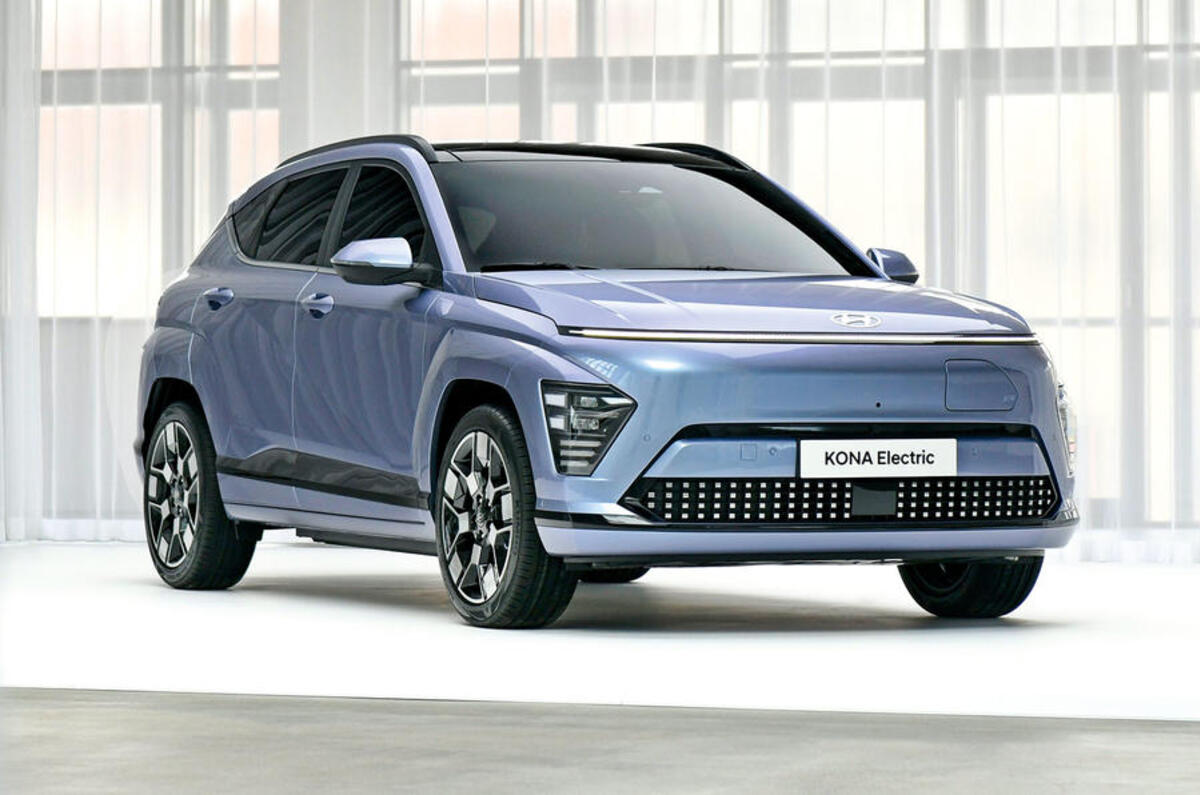






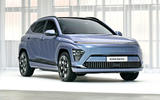







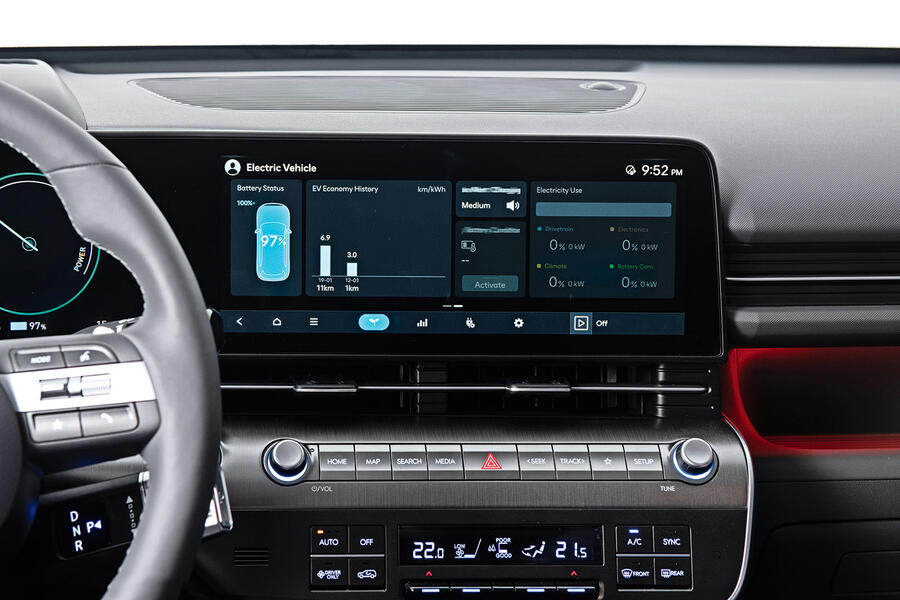
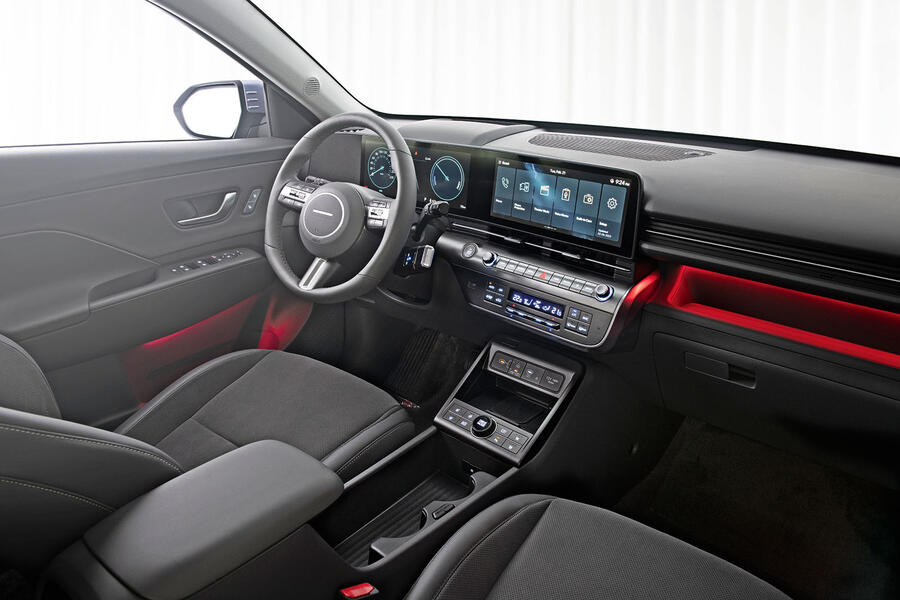
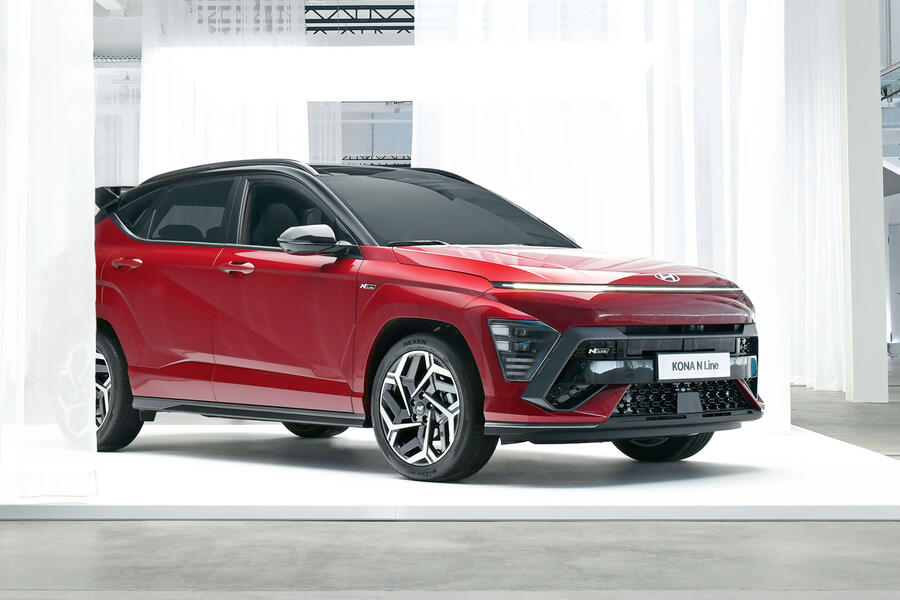
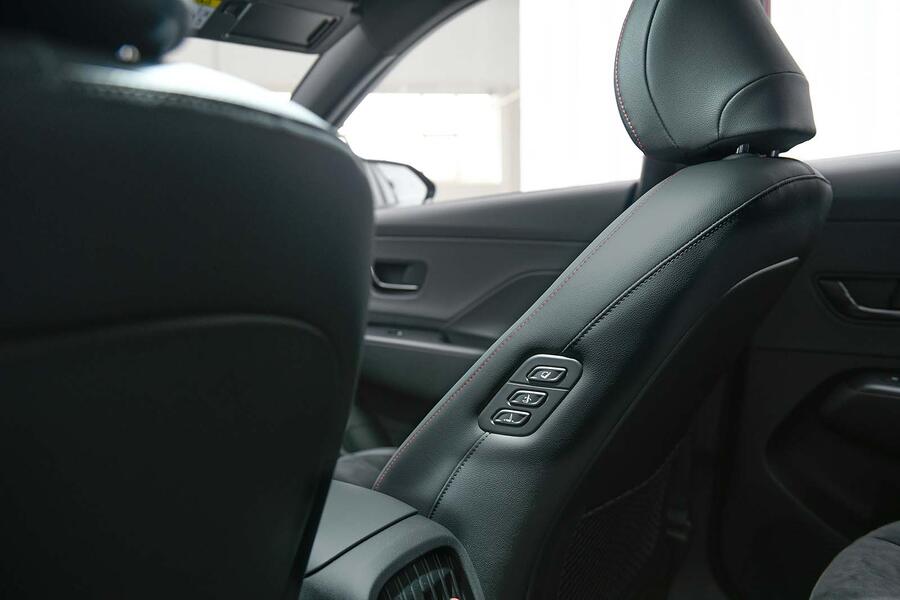
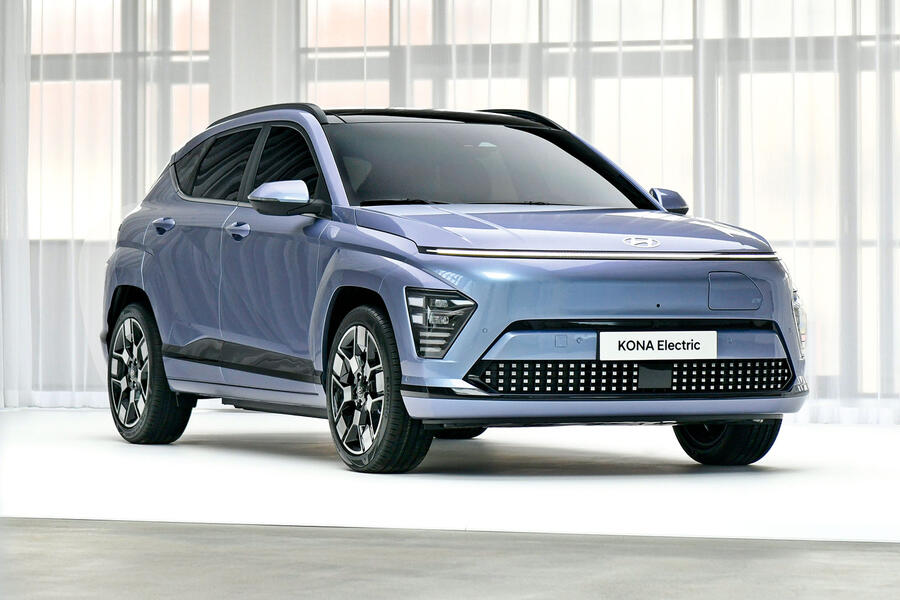
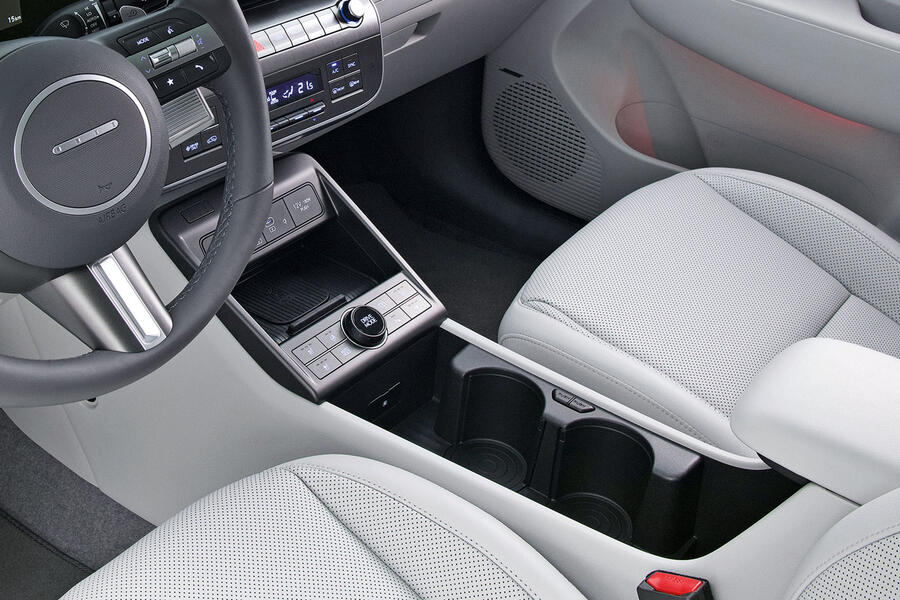
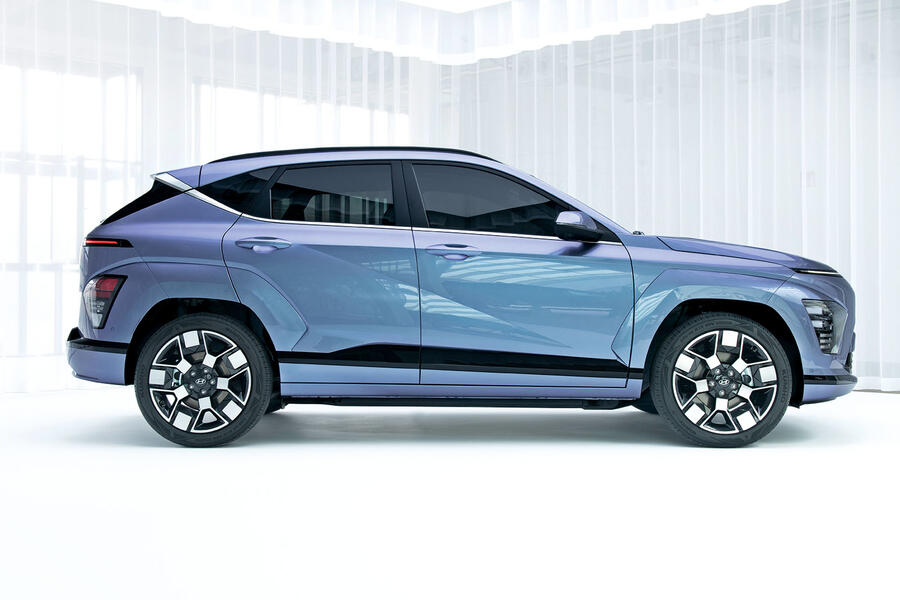






Join the debate
Add your comment
Looks are instantly forgettable. But at over 6 inches bigger, that almost puts it in a bigger class and no doubt the price increase will underline the 'going up market' tag.
The interior especially the centre console looks cheap and it will not be a cheap car so you would expect better than that.
I think there are plenty of models where the DRLs don't dim, or if they do its marginal. Vehicles are massively overlit now, all in the name of distinctive light signatures (which they aren't really at all). I don't see why DRLs aren't extinguished completely when headlights are on, after all they're not increasing the driver's ability to see, all they're doing is causing excess, eye tiring glare for oncoming traffic, especially bad when the roads are damp/wet.
Some time ago it just happened that on my return home from office, during darkness, almost every day I would meet a Volkswagen ID3 coming from the opposite direction on a B road. That light bar that connects the headlights is truly blinding and serves no purpose at all.